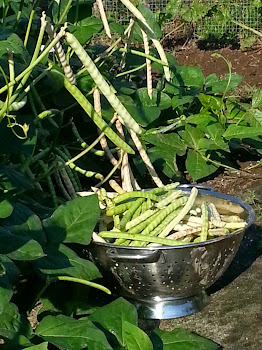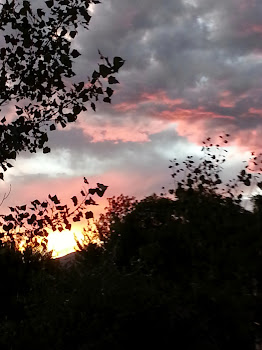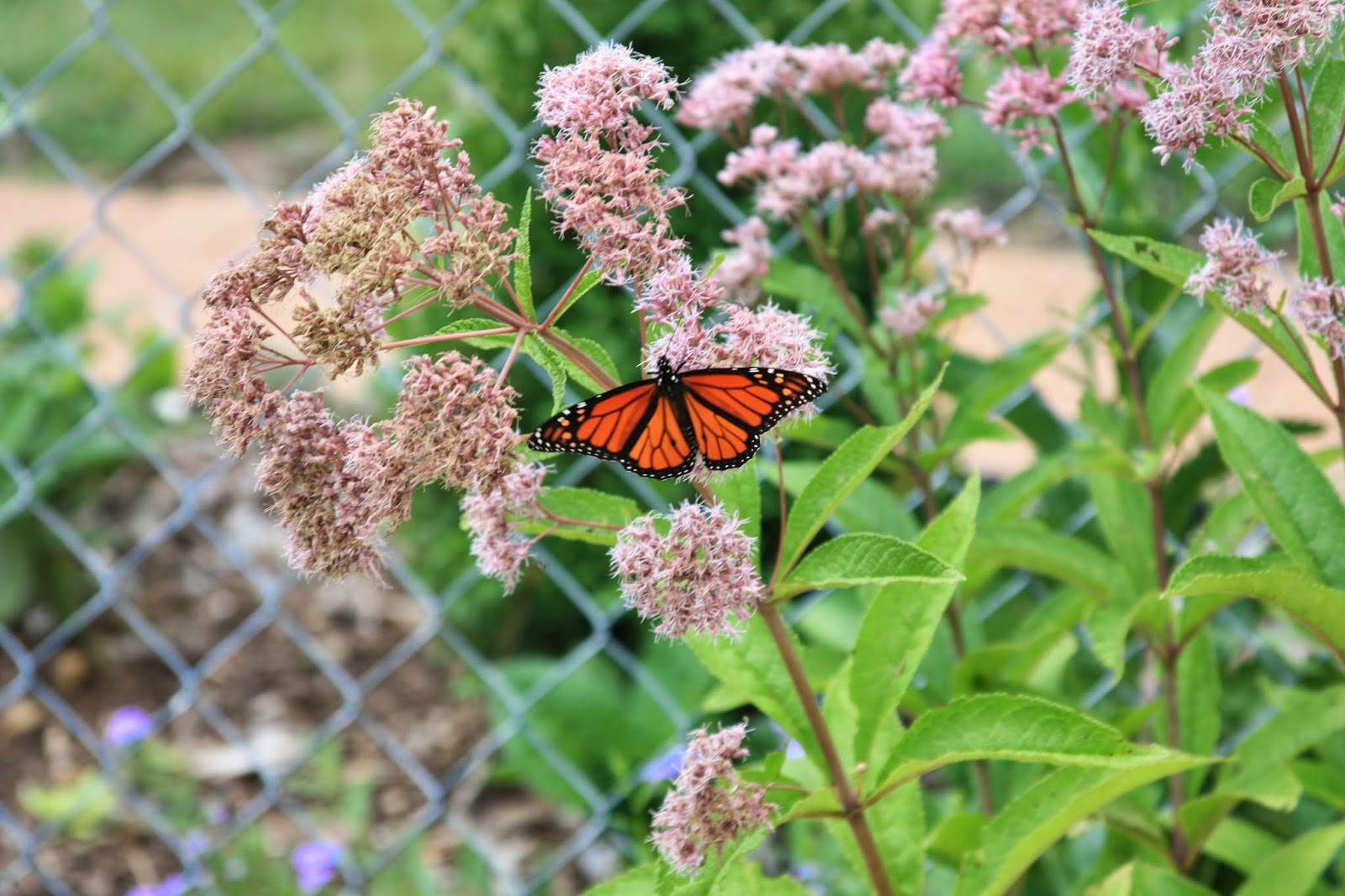Bean picking and canning

Each year we do less and less canning but some things are a must for our pantry to keep the flavors of summer on our table. In the past our friends Jan and Richard gave us quarts of canned field peas but not last year. So, what's a gardener to do but grow their own? What we learned this year is when to harvest them. Only the beige colored ones are easy to pull out of their bean shells. Anything greener is way too much work. Live and learn. Another lesson? They are about the easiest crop to grow - no bugs bother them, no diseases attack them AND they add nitrogen to the soil just by being there. Win Win Win Here are those peas in their jars already making my mouth water for the taste of them this winter. There are still enough on the prolific, healthy vines out there for us to eat a bunch this fall. This ends the tomato canning for this year, also. These dozen quarts of tomatoes contain six heads of our garlic, herbs from the garden, peppers and tomatoes from th







